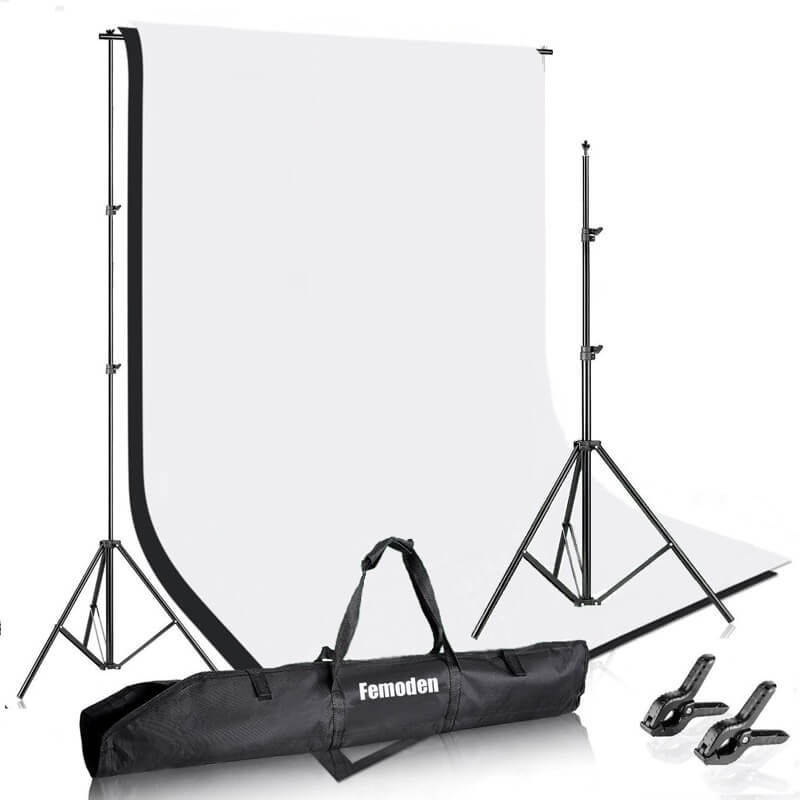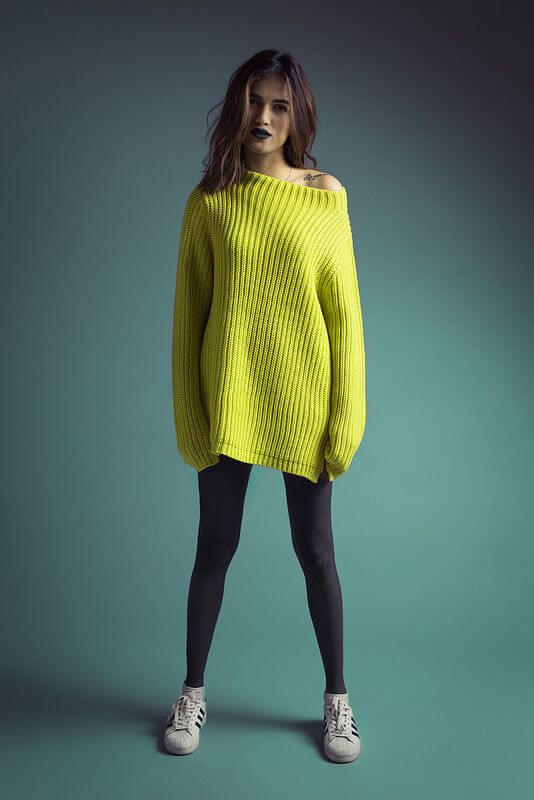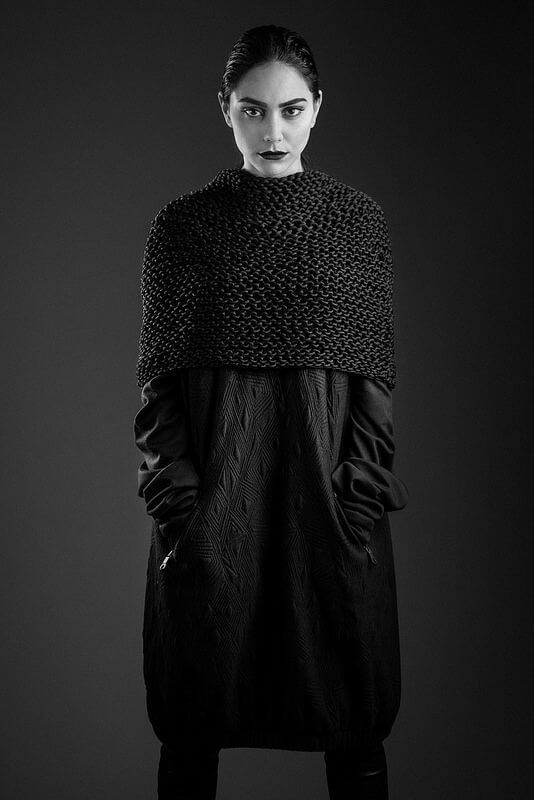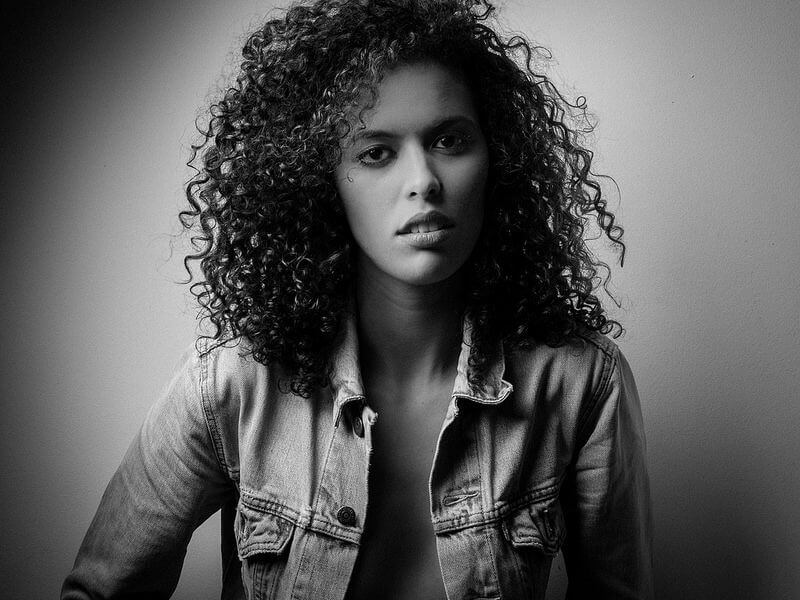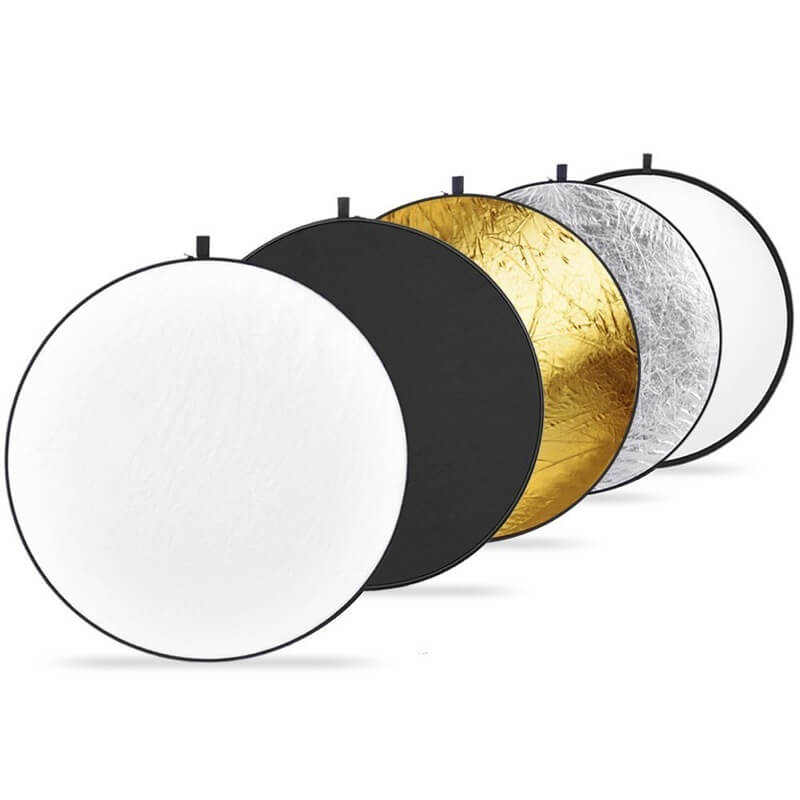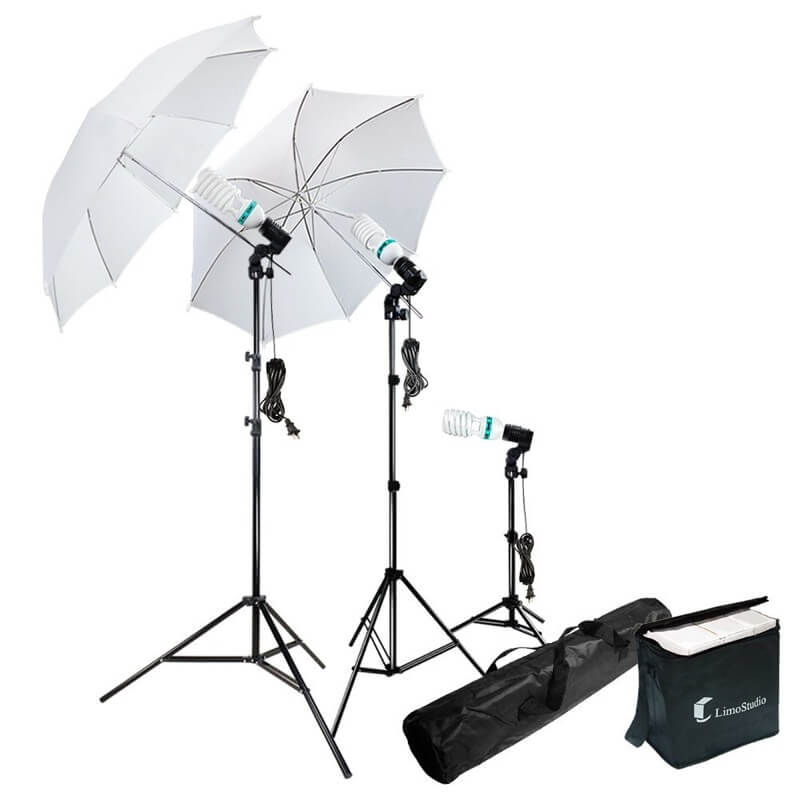Building an indoor studio allows you to create the exact portraits you want. Studios can be simple to make, but to get truly excellent portraits, you’ll need more than just a camera and some free space. Here are three tools you should get.
1. Portrait Backdrops
A studio would be incomplete without several great backdrops. Professional photographers typically use many different backdrops to create the right atmosphere for each portrait session. For example, you might want a formal backdrop for business portraits, which might not work for children’s portraits.
Getting a nice array of backdrops doesn’t have to be expensive. You can easily make them yourself. For instance, you can create a solid background with seamless paper, which is available on 9-foot or 12-foot-wide rolls. You can get plenty of colors, allowing for a range of possibilities. Keep in mind, though, that paper is weak and will get damaged quickly.
If you want to avoid the risk of damage, you could go with linen instead of paper for solid backdrops. Using fabric is still economical but less fragile. Just remember to store them properly, since linen gets wrinkled pretty easily.
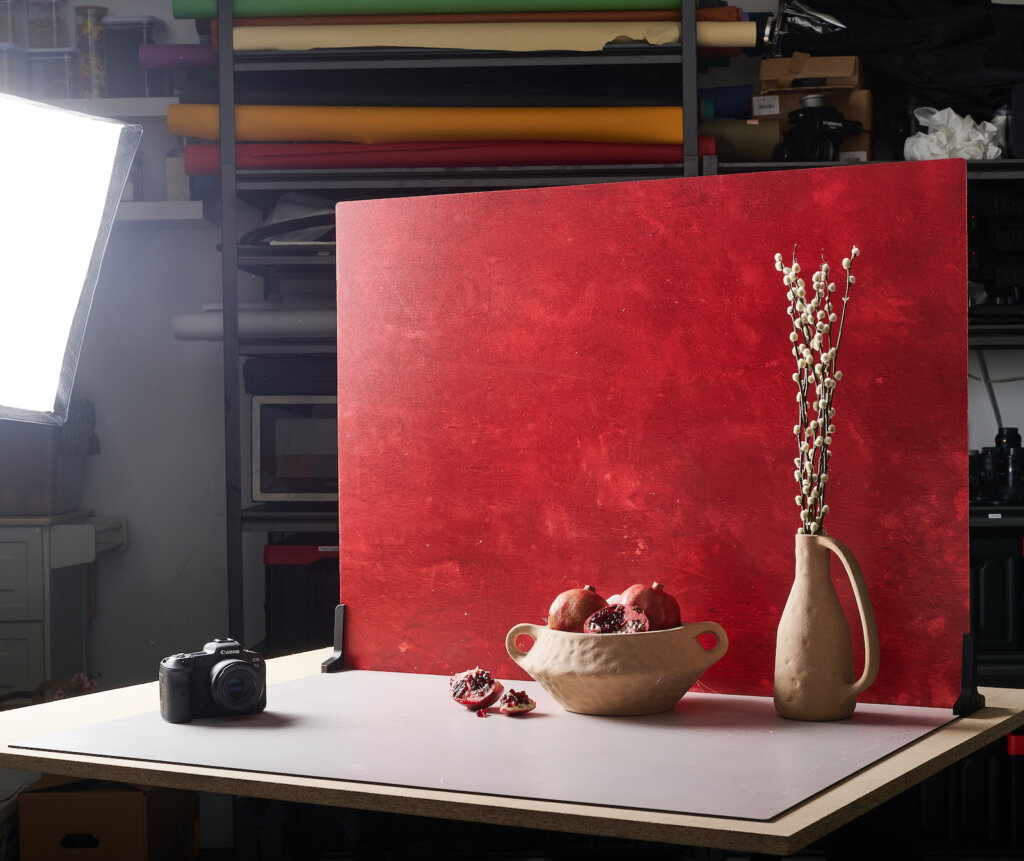
Another way to go includes purchasing textured backdrops that can be used for multiple applications. For example, V-Flat World’s Duo Boards (see above) work equally well for headshots and product photography backdrops. Each board includes two sides of photorealistic textures in a variety of colors, giving you diverse options in a compact, portable package.
Finally, you can choose to paint your own background. All you need are sponges and/or paintbrushes, a large piece of canvas, and paint in several colors. This way, you won’t be limited to solid colors. You can paint more abstract backdrops, like swirls or contrasting lines.
Once you’ve created or bought your backdrops, you’ll need to get a stand to hold them up. Your two main choices are a permanent stand or a portable stand. A permanent stand allows you to set up and change backdrops in your studio on a long-term basis, whereas a portable stand folds up and travels conveniently. Both are good choices. It just depends on what kind of portrait photographer you aim to be.
Kolby Knight – Ellements Beauty March 2015
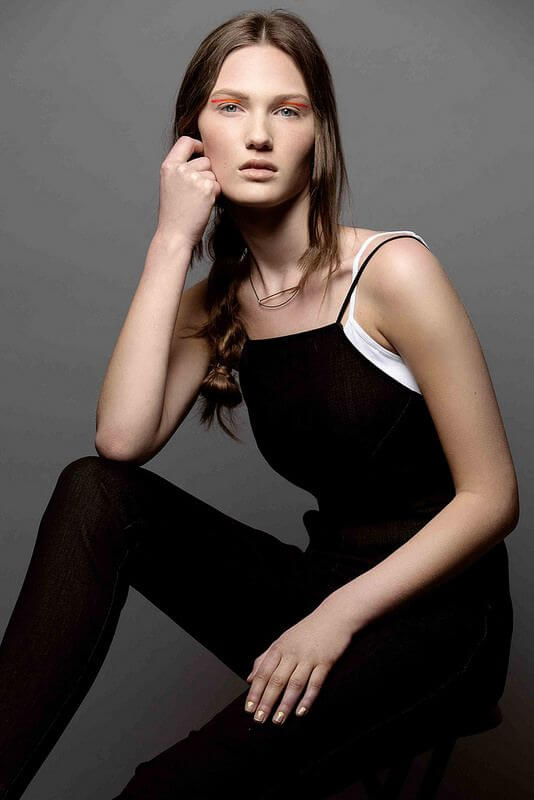
2. Lighting
Studio portraits definitely require special lighting. Depending on how much you’re willing to spend on your studio, you have a wide range of options, from modeling lights to slave flashes. One of the most versatile options is incandescent lighting, which gives portraits an overall nice look. Incandescent lighting always looks the same, so you can set up your camera exposure and leave it for the rest of the studio session.
However, incandescent lights can also be harsh and glaring sometimes. Because incandescent lighting is redder than flash lighting, you might need to change the white balance on your camera to compensate.
3. Extra Lighting Gear
To capture the personality and preferences of each model, you’ll need some lighting gear beyond the basics. You don’t have to get everything on the market, but make sure you have at least one lighting tool to make your portraits look professional. Reflectors, diffusers, umbrellas and barn doors are all worth considering.
Reflectors
Reflectors can actually be a helpful tool for both indoor and outdoor portraits. You can use them to bounce light from one source to another area. This is a good way to get even illumination without harsh shadows. Reflectors are usually made of Mylar or foam board with an aluminum cover.
Diffusers
If you plan on taking a lot of portraits of women or children, you definitely want to consider getting diffusers. Diffusers help to smooth out skin tones by softening the harsh light from flashes. You could try to get the same effect in Photoshop, but the results may not look as natural or be as easy to achieve.
Umbrellas
Umbrellas are a common tool to have in studios. Made of either sheer or reflective material, they’re designed to help trap and diffuse light. This way, the light will spread and soften (or eliminate) shadows.
Barn Doors
While umbrellas and diffusers affect the quality of light, barn doors mainly direct and shape the light. For example, you can create a rectangular path of light. They’re especially great for creating dramatic shadows, similar to what you might see when light streams through a window or open door.
Fortunately, a lot of lighting tools you can make yourself. For starters, check out these 10 DIY lighting projects. Don’t go into debt because of lighting gear!
Matthew Coughlin – Like Father Like Son
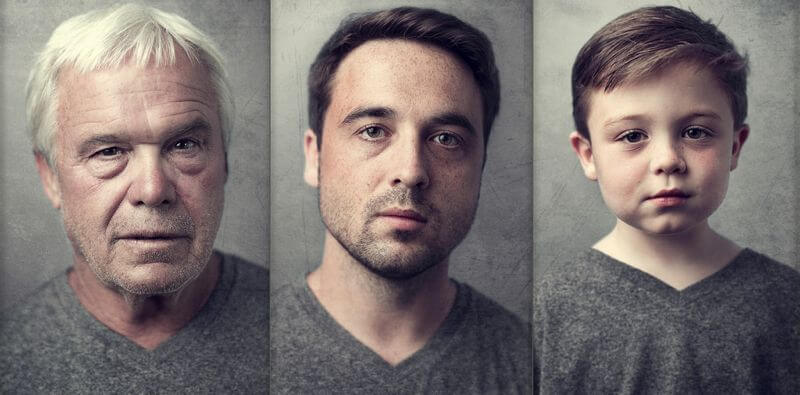
These photos were selected from our Flickr group. Next time you shoot a great portrait in your studio, share your photo with the group so we can admire your work!
